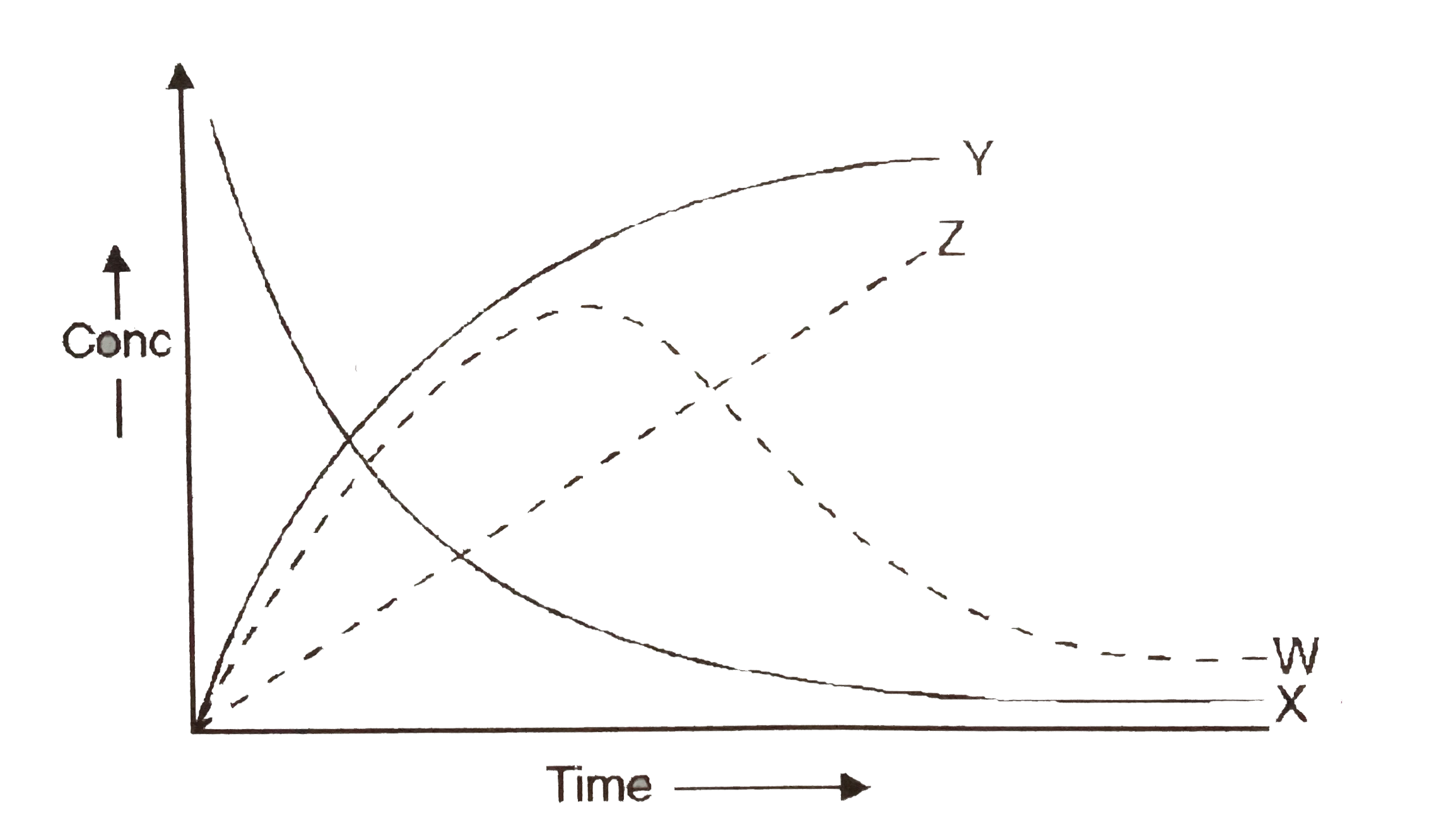For the reaction A+2B→ products (started with concentration taken in stoichiometric proportion), the experimentally determined rate law is :
−d[A]dt=k√[A]√[B]
The half life time of the reaction would be :
0.693k
0.6931/k
0.693√2k
not defined
The correct Answer is:C
Step by step video, text & image solution for For the reaction A + 2B rarr products (started with concentration taken in stoichiometric proportion), the experimentally determined rate law is : -(d[A])/(d t) = ksqrt([A])sqrt([B]) The half life time of the reaction would be : by Chemistry experts to help you in doubts & scoring excellent marks in Class 12 exams.
Updated on:21/07/2023Topper's Solved these Questions
- CHEMICAL KINETICSBook:GRB PUBLICATIONChapter:CHEMICAL KINETICSExercise:D. Methods to Determine the Rate Law
Explore 28 Videos
- CHEMICAL KINETICSBook:GRB PUBLICATIONChapter:CHEMICAL KINETICSExercise:E. Methods to Monitor the Progress of Reaction
Explore 43 Videos
- CHEMICAL KINETICSBook:GRB PUBLICATIONChapter:CHEMICAL KINETICSExercise:B. Rate Law
Explore 35 Videos
- CHEMICAL BONDING-IBook:GRB PUBLICATIONChapter:CHEMICAL BONDING-IExercise:Subjective Type
Explore 120 Videos
- COORDINATION COMPOUNDSBook:GRB PUBLICATIONChapter:COORDINATION COMPOUNDSExercise:SBJECTIVE TYPE
Explore 98 Videos
Similar Questions
Knowledge Check
For the reaction 2A+B→C with the rate low d[C]dt=k[A]1[B]−1 and started with A and B in stoichiometric proportion.Which is/are true ?
Aunit of k is Ms−1B[A],[B] and [C] all will be linear functions of timeC[C]=2ktD[C]=ktFor the reaction A+B→C+D The variation of the concentration of the products is given by the curve
 AXBYCWDZ
AXBYCWDZFor a hypothetical reaction: A+B→ Products, the rate law is r=k[A][B]0. The order of reaction is
A0B1C2D3
The rate of change of concentration of (A) for reaction A→B is given by
−d[A]dt=k[A]1/3
Derive expression for half-life period of the reaction.
View SolutionFor the reaction A+ B rightarrowproduct , the folowing initial rates were obtained at various given initial concentrations:

Determine the half - life period.
View SolutionFor a reation: A→ Product,
rate law is −d[A]dt=K[A]0.
The concentration of A left after time t when t=1K is:
View SolutionFor the reaction A+2B→2C+D, the concentration of A is kept constant and that of B is tripled, the rate of reaction will become
View SolutionFor a reation: A→ Product,
rate law is −d[A]dt=K[A]0.
The concentration of A left after time t when t=1K is:
View Solution
